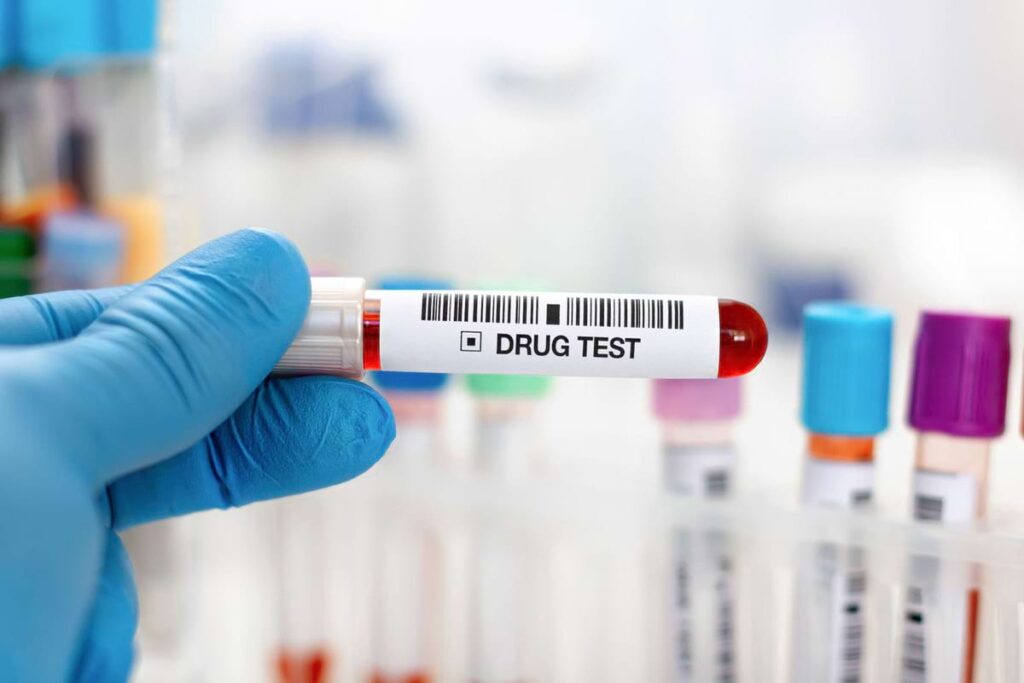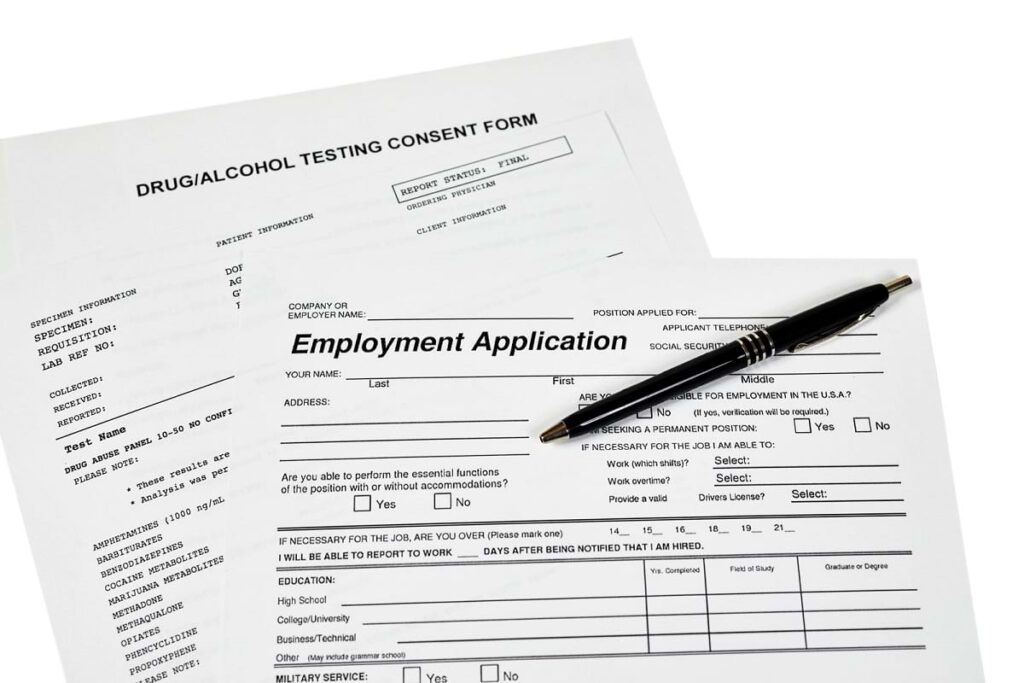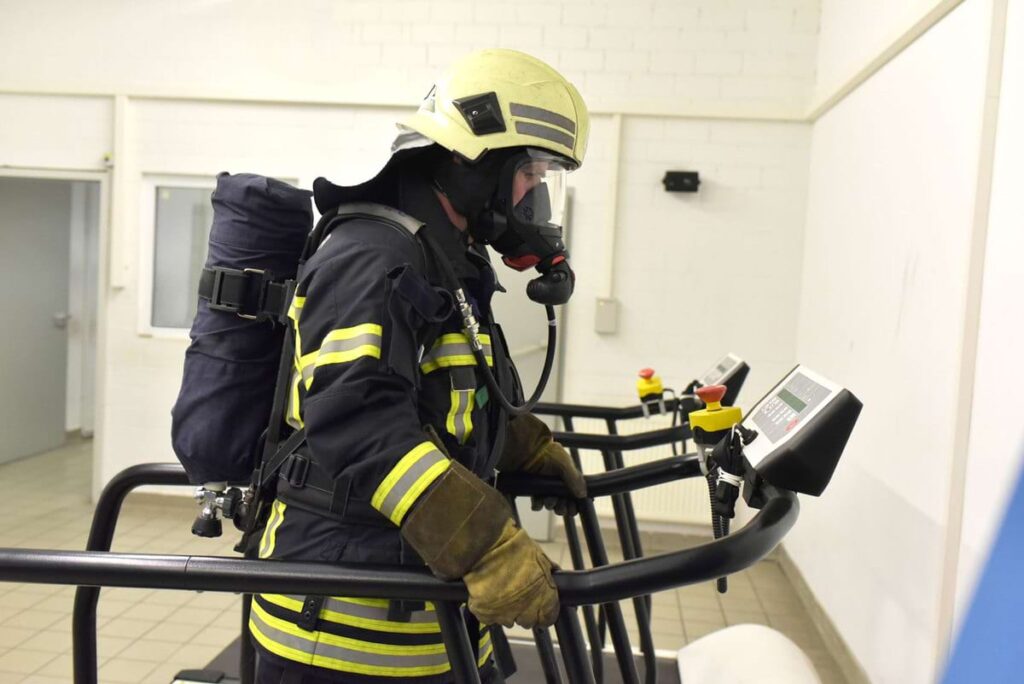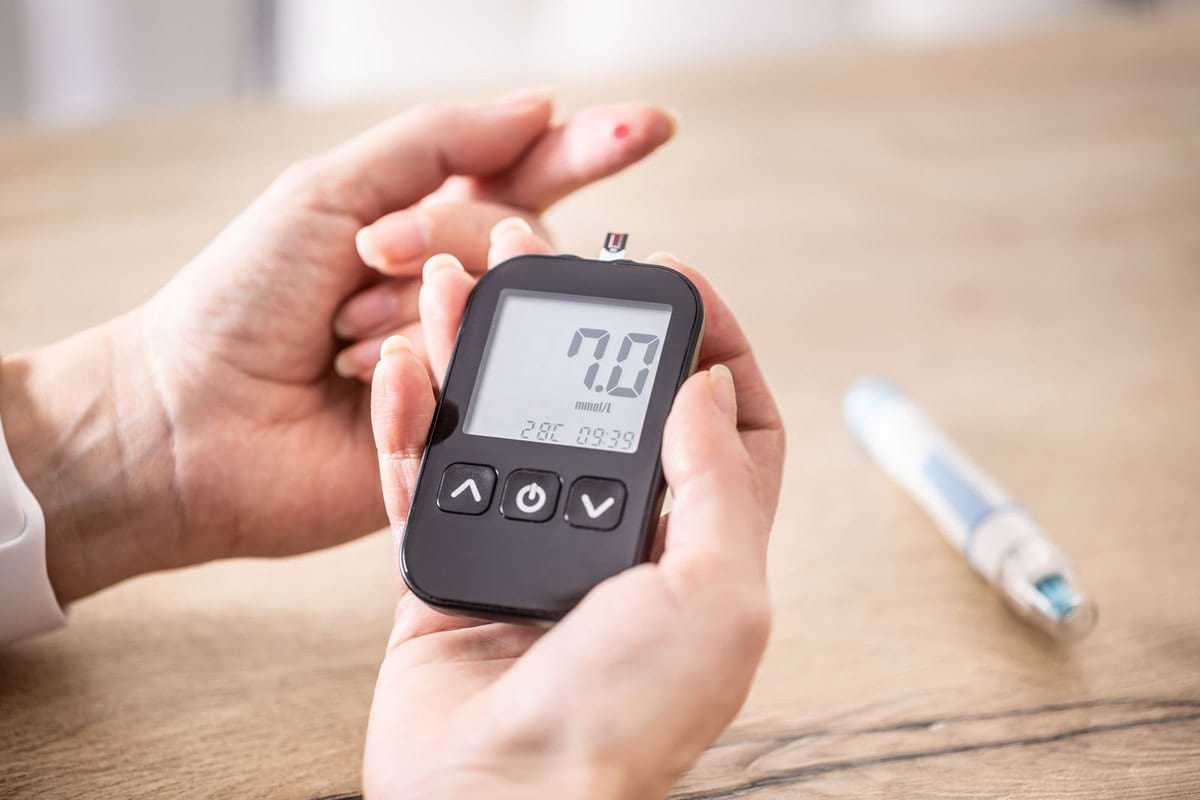Case management is growing in importance as a function of community services. But what is case management in community services?
Case management is a collaborative effort whereby case managers help their clients navigate the social service system. Clients may be provided with information and resources and connected with community services. Case managers also advocate for their clients and teach them how to advocate for themselves.
In this blog, we explore the importance of case management in community services, why it’s so vital to social work, the role of case managers, success stories, and more.
Table of Contents
Defining Case Management in the Context of Community Services
During times of need or crisis, social work case management services help connect impacted individuals and families to resources and services that improve their lives and well-being. Social work case management services include counseling, medical care, crisis intervention, and advocacy.
The Core Principles of Case Management

Community case management programs are designed to help health and human services, social services agencies, and other entities help people overcome challenges. Case management programs provide holistic care by combining medical, clinical, and community services.
Case management services are overseen by a case manager. These trained professionals assist and advocate for individuals and families in adherence to best practices and standards for case management and care, including those established by the National Association of Social Workers (NASW), the Council on Social Work Education (CSWE), social welfare departments, community outreach programs, mental health services, and more.
In addition to ensuring clinical care, case managers work with other professionals to assess each case, understand the client’s situation, and determine a plan of care. A case manager will also assist with behavioral health and wellness, childcare, referrals to legal support and social services, crisis intervention, and more.
Case managers are essential, high-value individuals. As impacted people await a longer-term solution, case managers act as an intermediary on their behalf, helping minimize trauma, protecting their health, safety, and wellbeing, and ensuring they have access to needed resources and support.
Distinction: Community Case Management vs. General Case Management
Community case management and general case management are terms that are often used interchangeably. While case managers in both scenarios work to improve the well-being of their clients, there are key differences between these functions.
Community case management is the discipline of coordinating the many collaborative efforts involved in helping rehabilitate a client and ensure they have access to appropriate medical, social, and community care. Case managers exhibit skills such as empathy, active listening, and tolerance. The role requires exceptional people skills, communication abilities, planning, and an in-depth understanding of the appropriate services available to each client. At the same time, case managers in community services understand relevant state and federal laws, ethics, accreditation and regulatory standards, health insurance requirements, and evidence-based care/practice guidelines.
Case managers also handle all client administration, tracking, and reporting – easing the burden on busy social workers.
General case management, on the other hand, is typically more limited in scope. A case manager in this domain may connect those in need to resources and services and guide them as they navigate the social system. They may work in hospitals, social service agencies, or community health centers.
The Synergy Between Case Management and Social Work

Case management is an important tool in social work. Social work agencies use case management to ensure clients receive services efficiently and in a coordinated manner. Case management in social work has been shown to improve client outcomes and ensure those in need achieve their goals and make positive changes in their lives.
The Role of Case Management in Social Work
Seamless coordination and communication between professionals is essential to case management.
Community case managers are skilled at building relationships with other team members and community providers. As they do so, they remove barriers to care and vital resources, such as housing, benefits assistance, financial and legal resources, child support, life skills acquisition, and more. They also educate and encourage clients to advocate for themselves as they navigate the social services system.
Another benefit of case management in a social work setting is that it reduces the cost associated with health and social care. By connecting clients with resources and services, case management reduces hospital stays, improves medication compliance, minimizes emergency room visits, shortens stays in temporary housing, and returns people to work more quickly.
Case Management in Healthcare: A Look at Community-Based Nursing
Case management is a holistic care approach that involves service integration, multidisciplinary teams, and individualized care plans. As such, there is no one-size-fits-all approach. The healthcare sector uses clinical case management to help address a patient’s medical needs and ensure the best medical care is administered – from intervention through resolution.
However, nurse case management is offered outside the confines of a healthcare facility or institutional setting. In-home care following hospital discharge is an example of a place where case management is often necessary. In addition, adults with disabilities, illnesses, or injuries who are looking to return to work may benefit from nurse case management.
Let’s take a closer look at the functions and role of case management in healthcare.
The Pillars: Main Functions of Case Management
Case management is a highly specialized practice. While there is no singular definition of case management, the profession adheres to the following guiding principles and best practices.
- Case management is designed to improve a client’s health, welfare, wellness, and autonomy. Case management achieves this through advocacy, collaboration, needs assessment, service planning, facilitation of service, monitoring, and evaluation.
- Case management is holistic, meaning it addresses end-to-end client needs, including physical and mental health, financial, legal, spiritual, and other health and human services.
- Case managers are responsible for advocating for client support systems, education, care, and quality outcomes in a supportive, timely, and empathetic manner. Their first duty is to their clients. They use person-centered, strengths-based methods to develop plans of care to meet the needs of their clients.
- Case managers are committed to maintaining their clients’ privacy, confidentiality, health, and safety. They adhere to standards and accreditations such as those established by NCMN, CSWE, and more. Case managers must also comply with laws such as the Health Insurance Portability and Accountability Act (HIPAA).
- Case managers ensure timely and accurate data entry, maintenance, and reporting. They also actively participate in meetings and client reviews with internal and partner agencies.
Exploring the 4 Types of Case Management
Community case management has four distinct delivery models. A case manager or organization can choose to use any case management model in their practice:
- Brokerage case management: This model focuses on client needs assessment, referral to appropriate community services and resources, and overseeing ongoing support. Case managers who use this model inform clients of their options and how to access them.
- Strengths-based case management: As the name suggests, this model identifies a client’s strengths and abilities and works to build on these positive characteristics to ensure independence and positive outcomes.
- Clinical case management: This model prioritizes a client’s clinical medical needs and emphasizes coordination of care with medical professionals, such as physicians, psychologists, and counselors.
- Intensive case management: Best suited for clients with complex needs, such as severe mental illness, this model delivers extensive, quality services in an expedited timeframe.
The choice of case management model depends on the context and client needs and goals. For example, a child with drug abuse issues may be better served by clinical case management or intensive case management.
Case Management in Practice: Real-World Scenarios

Case management services are essential to helping organizations, including governments, social service agencies, and employers navigate and manage complex clinical and social work cases.
Success Stories: How Effective Case Management Changes Lives
Case managers change lives every day. They don’t just resolve point issues or problems; they actively work to transform the lives of people and families in need. For example, below are four case studies that highlight how case management has been successfully integrated into community services across the United States:
Case Study: Federal Agency Provides At-risk Young Immigrants Access to Community Services
A federal agency under the Department of Homeland Security needed to establish a case management program that provided appropriate monitoring services for non-dangerous, low-flight-risk young adults. The purpose of this framework was to promote and maintain access to community services during the immigration process. This young adult population often lacks important knowledge, information, and awareness of the community services available to them, especially when there is no verification or confirmation of their safety. The program, which combined community, social work, and remote and patient care management, was designed to reduce friction with the immigration process and provide and/or facilitate referrals and access to services in the community.
Case Study: Phoenix Reaches Unhoused Citizens and Those Experiencing Mental Health Issues
A community assistance program in Phoenix, AZ, is helping address the community needs of citizens in crisis, including veterans with suicidal ideation, unhoused citizens, and those experiencing mental health problems.
Case Study: Washtenaw County, MI, Community Manager Works to Break the Cycle of Poverty and Homelessness
Clients put their trust in a local Washtenaw County community case manager to guide and provide important resources to clients such as homeless people, those with addiction issues, and people on felony probation. “A big challenge [with my clients] is not having a social security card or birth certificate. So, we help them go through that process—helping them get whatever ID they need, including their driver’s license. I help my clients find the resources they need. It helps them do the things that get them to a better place, like apply for housing or get a job.”
Case Study: Case Managers Improve Outcomes for Maricopa County’s Senior and Adult Services Division (SASD)
SASD serves a unique and vulnerable population of seniors (age 60+ years) and adults with disabilities (age 18-59 years) in Maricopa County, AZ. To help clients remain in their homes for as long as possible, SASD case managers provide comprehensive and holistic case management services addressing all areas of a client’s life. Clients are found in homes with minimally acceptable living conditions or in room-for-rent options and are at high risk of homelessness. Finding themselves isolated, the senior population is also increasingly vulnerable to mental health issues.
Since its inception, SASD’s team of community case managers have managed even the most time-intensive and complex client needs, including:
- Providing secure, stable, permanent, and affordable housing for SASD clients facing homelessness.
- Pursuing housing options for special needs populations.
- Facilitating home environment improvement, including complicated biohazard cleanings, averting client evictions, and improving quality of life.
Answering Your Questions: FAQs on Case Management (H2)
-
What is community case management?
Community case management programs are designed to help governments, social services agencies, and other entities connect clients to resources and services that improve their lives and well-being.
-
What does a community case manager do?
Case managers help clients navigate the social services system, access medical and behavioral care, access financial and legal resources, prevent homelessness, and ensure positive outcomes.
-
What is the difference between case management and social work?
Social workers and case managers often have overlapping responsibilities. However, while social workers provide direct services to individuals and families, case managers act as planners and coordinators who develop care plans and connect clients to services and community resources while serving as advocates. Case managers also handle all client administration, tracking, and reporting – easing the burden on busy social workers.
-
What types of laws and regulations must community case managers comply with?
Community case managers must deliver services in accordance with the following laws and regulations:
• Reno vs. Flores
• Trafficking Victims Protection Reauthorization Act (TVPRA)
• Prison Rape Elimination Act (PREA)
• HIPAA
• PII/PHI laws
• OSHA
• Americans with Disabilities Act (ADA)
• Do No Harm Act
• Conflict of interest lawsAnd in compliance with guidelines issued by:
• CDC
• American Medical Association
• American Nursing AssociationIn addition, community case managers may be trained and/or accredited by the National Case Management Network (NCMN), the Council on Social Work (CSWE), and others.
The Future of Case Management in Community Services
Community case management is a complex field that is growing quickly. To keep pace, case managers must find efficiencies, cost savings, and more time wherever they can.
Technological Advancements and Case Management
A key challenge for community case managers is navigating the organizational and administrative aspects of their work. Social workers are needed more than ever – yet most spend more than 50% of their time doing paperwork-intensive case management tasks. Fortunately, technological advancements can streamline case management tasks, such as tracking and reporting cases, and free up case managers to spend time doing what they do best – improving the lives of their clients.
With community case management software, case managers can securely track clients, manage communication and outreach, centralize case records and documents (including client notes, plans, and treatment plans), generate custom reports, and stay on top of appointments and follow-up tasks.
Challenges and Opportunities Ahead
Case management in community services is a challenging profession. Case managers handle complex, sensitive, and upsetting issues. Stress, burnout, and turnover are common.
But case management also presents opportunities. Case managers work with diverse populations, each with unique needs and expectations. Making a positive difference in clients’ lives and driving social change for at-risk populations can be rewarding in many ways.
Indeed, the value of case managers who advocate tirelessly for their clients is becoming more and more important. The COVID-19 pandemic, economic issues, social isolation, substance use, and other crises, make now the time to invest in this important field of social work and community service.
When combined with innovative technology, case management services relieve case managers and their employers of the burden of managing complex cases – freeing them to provide much-needed services to individuals, youth, and families.
Social Work Case Management Services – Partner with Acuity International
Effective social work requires effective case management. Our agile, interdisciplinary, and responsive social work case management services can help streamline complex social work cases, ensure compliance, and improve outcomes.
Contact us to learn how our social work case management services can help you coordinate all case management activities and make a transformative lifelong impact to the lives of individuals and families in need.






























